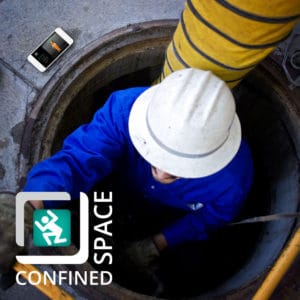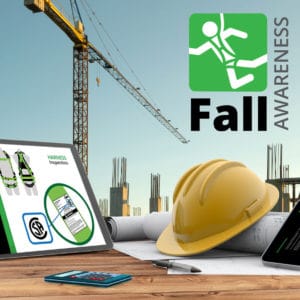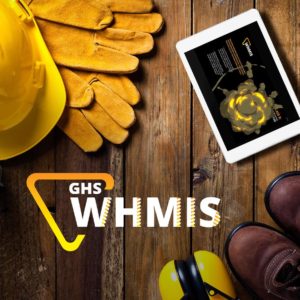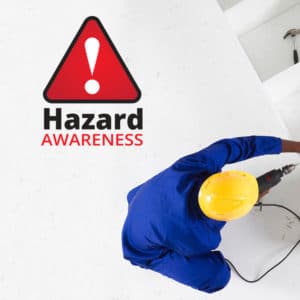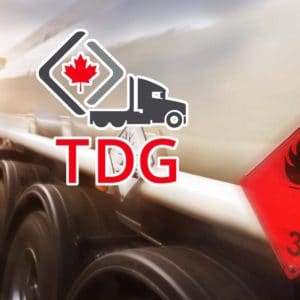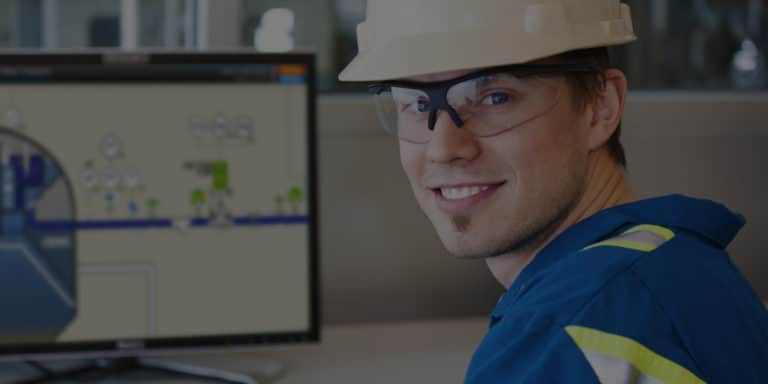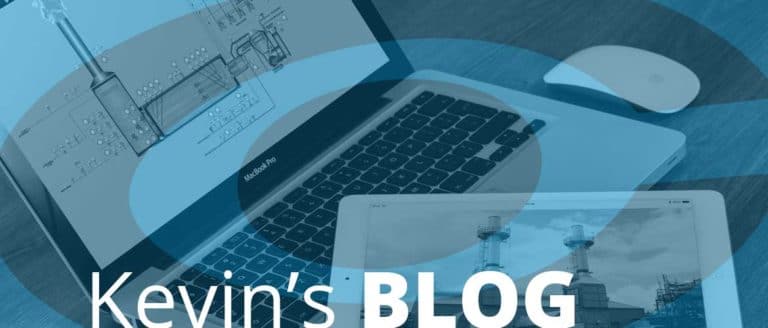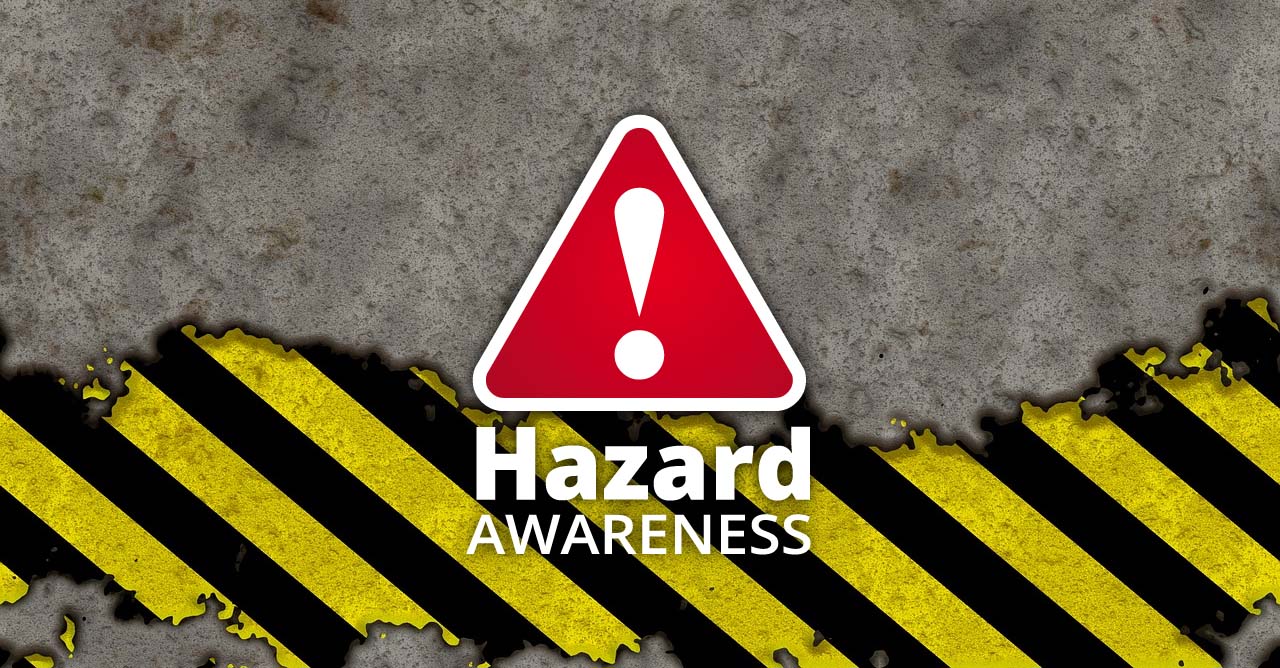
Looking at Workplace Hazards
[vc_row][vc_column][vc_column_text]
Sometimes bad things happen at work. A piece of equipment fails. Someone is injured. It is simply an accident without fault.
These are tough situations.We recently lost three Canadian workers to on-the-job exposure to ammonia (due to a leak). The fatalities occurred at an ice rink, which doesn’t seem possible, as most of us don’t see ‘the rink’ as a hazard zone. The incident is being investigated.
As a Canadian worker, I’m simply saddened by this incident.
The following post is meant to bring the safety first concept to the forefront, regardless of where you may work. Always consider ‘the worst case scenario’.
– Kevin
[/vc_column_text][/vc_column][/vc_row][vc_row][vc_column][vc_single_image image=”15121″ img_size=”full” onclick=”custom_link” link=”https://contendo.ca/product/online-hazard-awareness/”][/vc_column][/vc_row][vc_row][vc_column][vc_custom_heading text=”The greatest factor in successfully dealing with workplace hazards is education. ” google_fonts=”font_family:Montserrat%3Aregular%2C700|font_style:700%20bold%20regular%3A700%3Anormal”][/vc_column][/vc_row][vc_row][vc_column][vc_column_text]Working in an industrial facility can expose you to a wide range of potential hazards. Recognizing obvious hazards is easy; recognizing other less obvious hazards usually requires education and training.[/vc_column_text][/vc_column][/vc_row][vc_row][vc_column width=”2/3″][vc_column_text]There is no doubt operating a SAGD facility is a hazardous business, but the actual hazards are common to a wide range of situations, such as industrial operations, public/infrastructure services, and countless small businesses. Some of these common hazards are posed by rotating/moving equipment, and exposure to high-pressure release, extreme temperatures (hot or cold), or chemical/toxic substances.[/vc_column_text][vc_column_text]As an example, look at the ice making equipment at an ice rink, which includes a refrigerant compressor driven by a large electric motor and all the heat transfer equipment needed to send a cold liquid substance through piping under the rink floor.[/vc_column_text][vc_column_text]The hazard posed by rotating equipment is one of the most commonly encountered; engineered safety should have a guard specified for any rotating shaft/coupler.[/vc_column_text][/vc_column][vc_column width=”1/3″]
- A leak in the system could release a pressurized stream
- The released substance might be corrosive or toxic
- The released substance might chemically or thermally damage tissue
- Released vapours could damage lung tissue or cause asphyxiation
[/vc_column_text][/vc_column][/vc_row][vc_row][vc_column][vc_column_text]All of these scenarios exist at multiple stations located throughout a SAGD facility, and the hazards should be approached in the same basic manner regardless of the situation.
- The system or facility has to be safely engineered (guards and pressure relief devices).
- Employees and supervisors should make sure equipment is not operated without all specified guards and safety devices in place.
- Lock Out / Tag Out regulations have to be followed when equipment is out of service for maintenance.
- Personal Protective Equipment (PPE) should be used as directed by your employer, or when performing tasks with a risk of exposure.
[/vc_column_text][/vc_column][/vc_row][vc_row][vc_column][vc_column_text]All of this is the same whether you work at a SAGD facility or an ice rink.[/vc_column_text][/vc_column][/vc_row][vc_row][vc_column][vc_custom_heading text=”Stay safe with Contendo’s Safety Training Courses” google_fonts=”font_family:Montserrat%3Aregular%2C700|font_style:700%20bold%20regular%3A700%3Anormal”][/vc_column][/vc_row][vc_row][vc_column]


